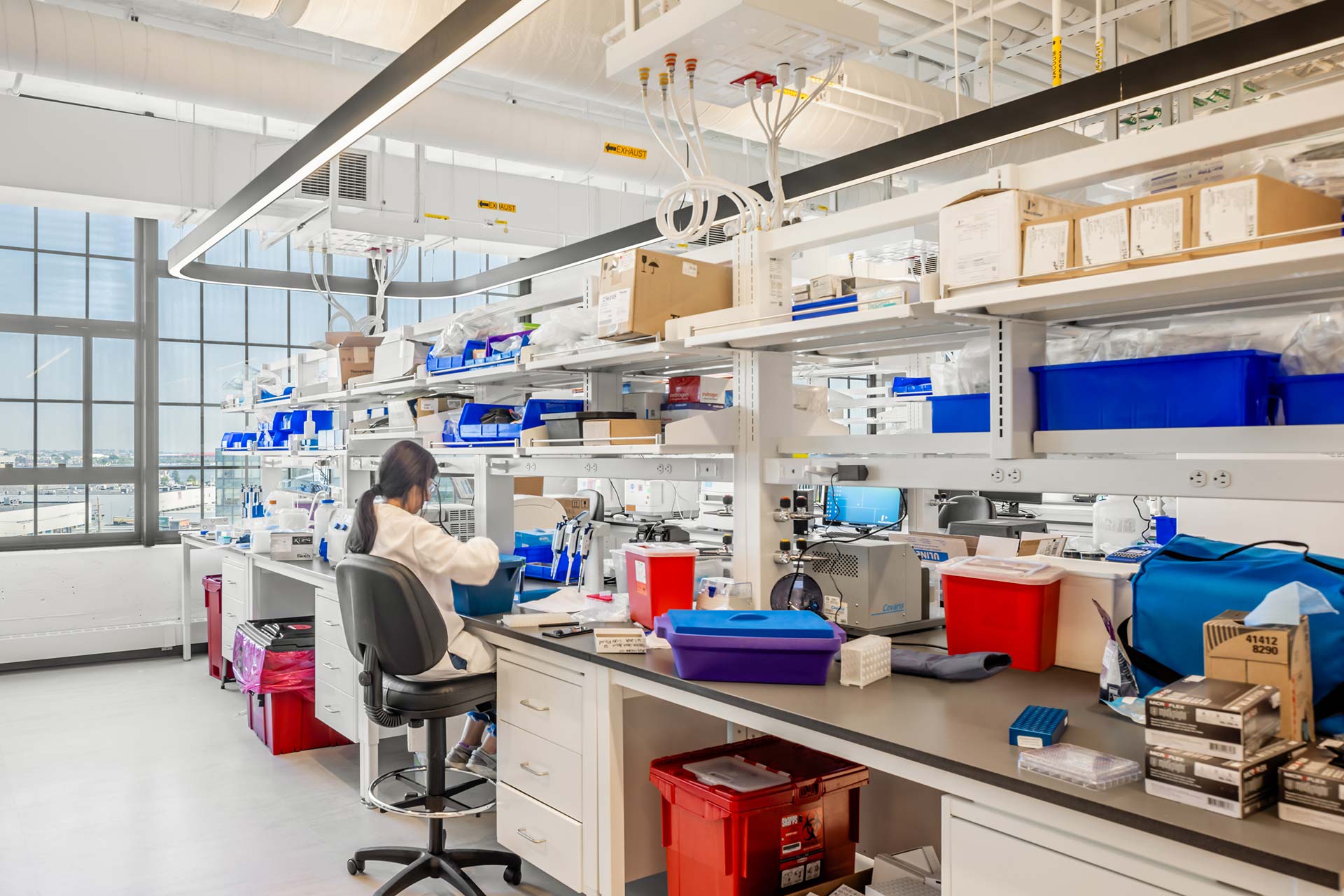From an urban design standpoint, this approach makes sense. Mixed-use buildings enliven the streetscape and create more vibrant neighborhoods, which in turn is good for business. What is more, cities often require new lab developments to provide public amenities as a way of coping with increased density in places like the South End, the Seaport, and Kendall Square.
When designing a mixed-use lab building, developers and life science companies should prioritize the lab component. Labs are by far the most restrictive type of space: As well as MAQs, they are bound by a myriad of codes, regulations, and safety requirements. New projects must balance the need for public engagement with the robust demands of lab space such as chemical quantities, loading docks, freight elevators, and building circulation.
Mixed-used lab buildings engage with neighborhoods and provide much-needed amenities to people who live nearby. But for the building to be a success, its design must work for the neighborhood and for the lab program it is intended to house. Anything short of this means failing to deliver the full potential of mixed-use.
This is not a zero-sum game: Optimizing your lab space should not negatively impact the office or retail program, if done strategically. At SMMA, we help clients optimize their lab planning in a way that most benefits their research, the building, and the neighborhood.
For an in-depth look at the most important lab planning decisions, read our story:
4 Questions Life Science Companies Should Ask Before Signing a Lease.


